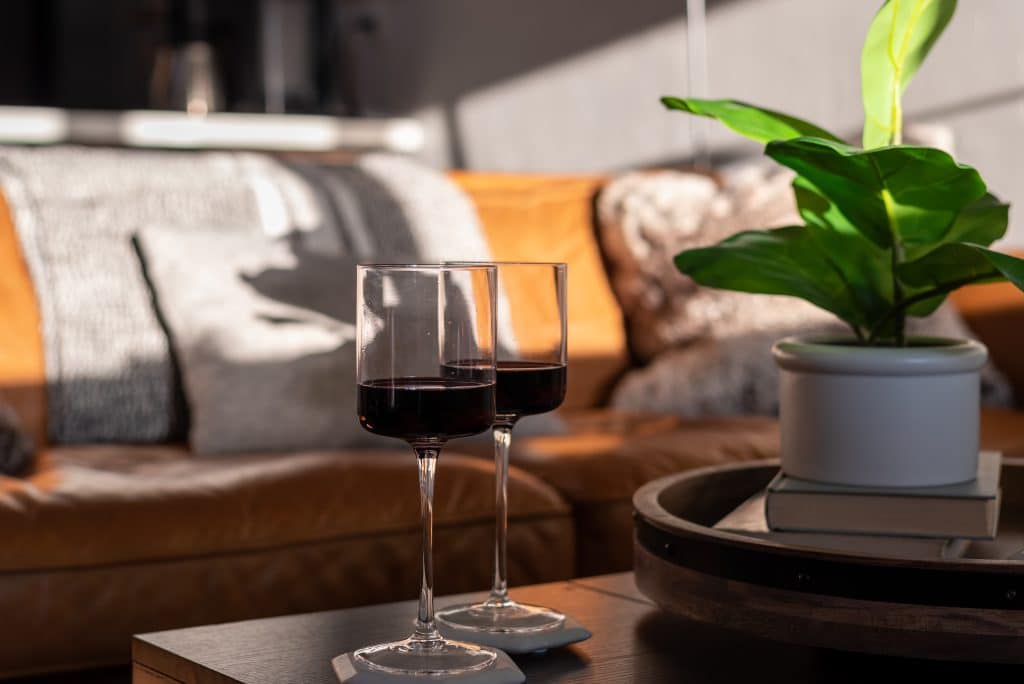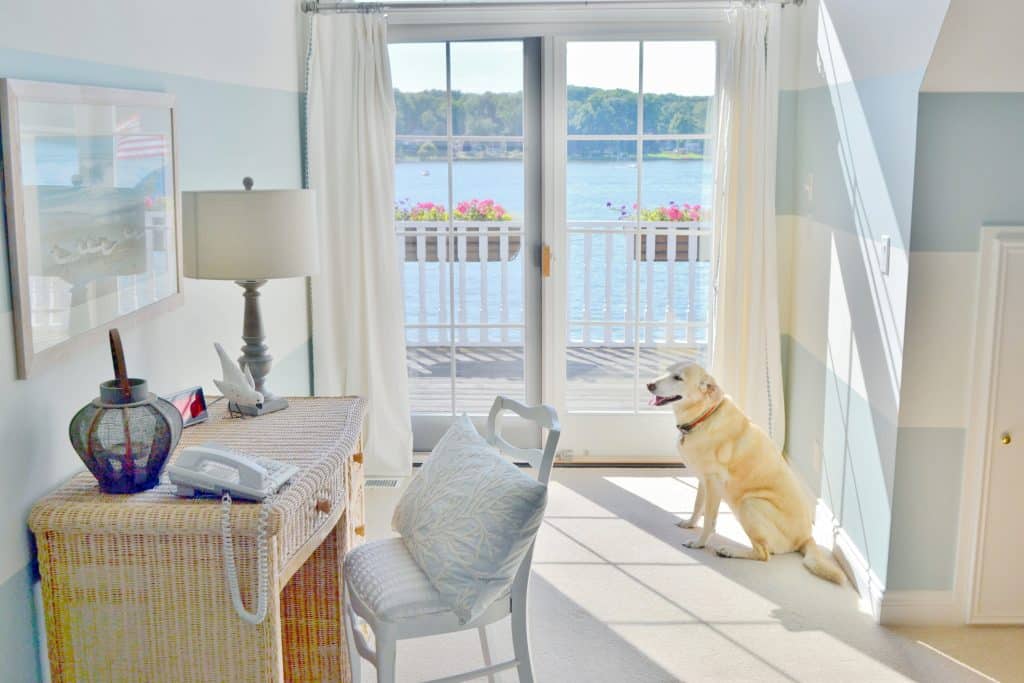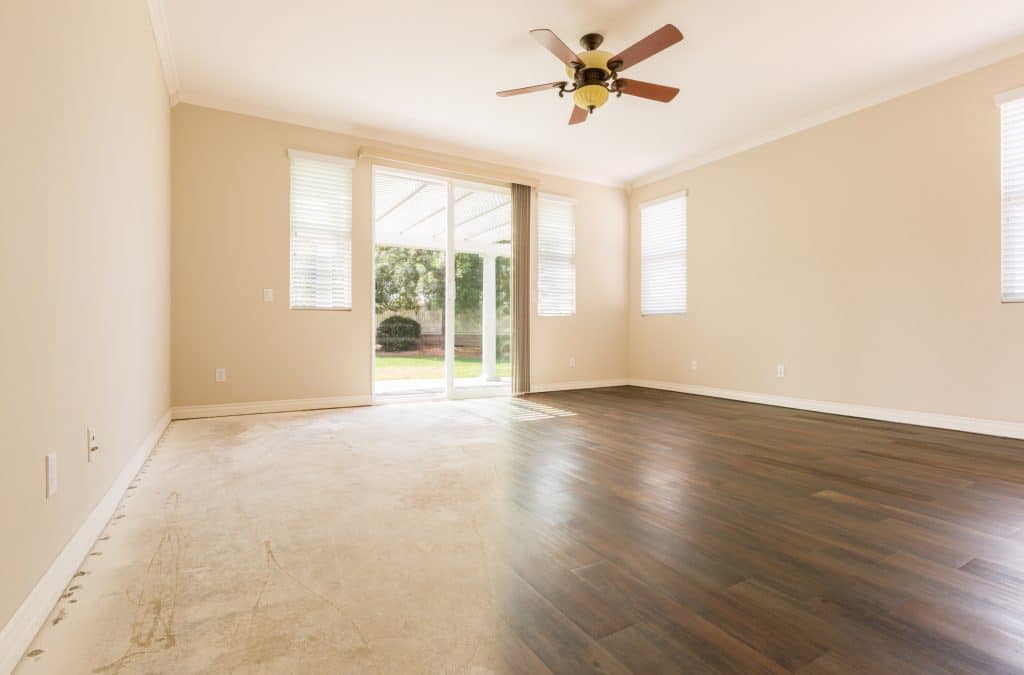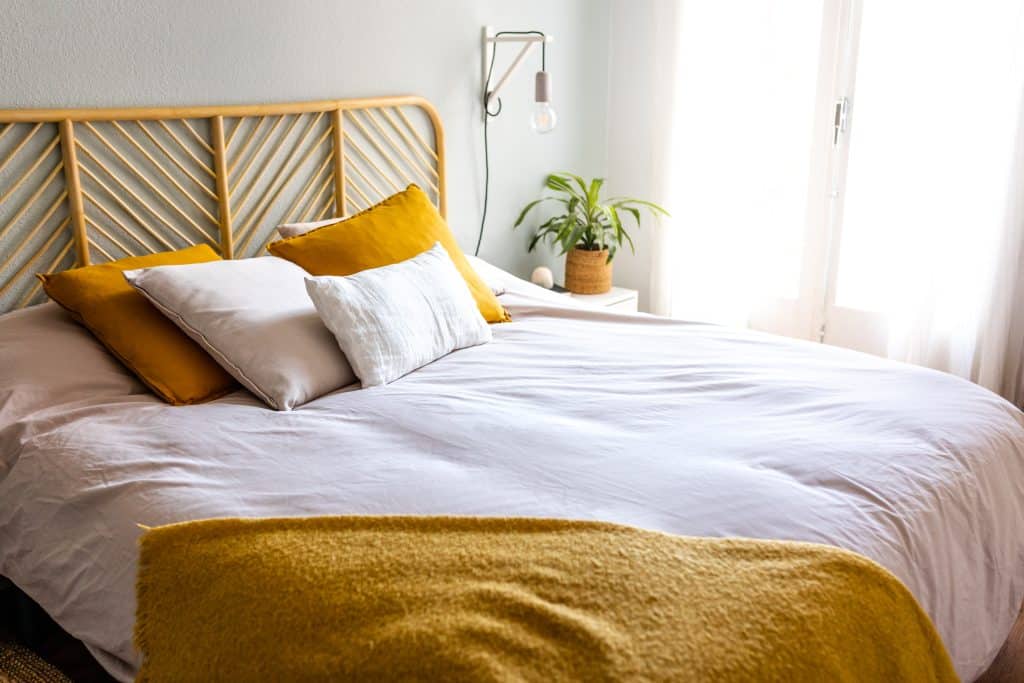Harnessing the power of natural light in your home can profoundly affect your mood, productivity, and overall health. A beautifully illuminated home is more than just pleasing to the eye; it’s an oasis of comfort and tranquility. However, many of us struggle to bring in as much sunlight as we want. Perhaps your home faces north or is overshadowed by tall buildings, or your window size isn’t optimal.
Regardless of the challenges, there are myriad ways to enhance the presence of natural light in your home. The key lies in how much sunlight we can invite into our spaces and how we can optimize and multiply that light once it’s inside. This article will guide you in transforming your home into a bright, sunny sanctuary filled with warmth and energy while saving on energy costs.
Contents
- 1 Understanding The Power Of Natural Light In Your Home
- 2 Practical Tips to Maximize Natural Light
- 3 Optimize Window Use
- 4 Use Of Glass And High-Gloss Surfaces
- 5 Consider Open Floor Plans
- 6 Strategic Placement of Furniture
- 7 Incorporate Light-Enhancing Decor
- 8 Landscaping For Natural Light
- 9 Updating Lighting Fixtures
- 10 The Bottom Line
Understanding The Power Of Natural Light In Your Home

Natural light can profoundly impact our mood and productivity. Sunlight boosts our bodies’ production of vitamin D and serotonin, known as the “happiness hormone,” enhancing our well-being. Working or studying in well-lit spaces can decrease eye strain and increase focus.
Beyond health and productivity, natural light also plays an important aesthetic role. It can dramatically change a room’s ambiance, creating a warm, inviting space where shadows and highlights can play off your furniture and decor. Embracing natural light can turn your house into a vibrant, welcoming home.
Practical Tips to Maximize Natural Light
How can you make the most of the sunlight streaming into your home? One effective way is by using mirrors. Mirrors reflect and distribute light throughout your space, making a room appear brighter and more spacious. By strategically placing mirrors across from windows, you can effectively double the amount of sunlight entering the room.
Secondly, consider the colors of your walls, furniture, and floor coverings. Light and reflective colors will help to bounce light around the room, whereas darker colors will absorb light. By choosing lighter shades for your interiors, you can maximize the natural light in your space and create a more uplifting atmosphere.
Optimize Window Use

Windows play a crucial role in bringing natural light into your home. Start by considering your window treatments. Heavy, dark curtains absorb light, while lighter, more translucent curtains allow light to filter into the room, even when closed. Choose blinds or shades that can be easily adjusted to control the light coming in throughout the day.
Over time, dirt and grime can build up on your windows, blocking precious sunlight. By keeping them clean, you’ll ensure you’re getting as much light as possible. Additionally, cleaning your windows regularly can significantly increase the sunlight that filters through.
Use Of Glass And High-Gloss Surfaces

Glass and high-gloss surfaces can be excellent tools to maximize natural light. Glass doors and dividers allow light to pass through, illuminating multiple areas at once. This is particularly useful in apartments or smaller homes where light is confined to one area.
Likewise, high-gloss surfaces, whether on your kitchen cabinets, coffee table, or hardwood floors, can reflect light, giving your space a brighter, more open feel. By carefully considering your materials and finishes, you can significantly increase the impact of natural light in your home.
Consider Open Floor Plans

The layout of your home can greatly affect how light moves through it. Removing unnecessary walls or partitions can eliminate dark, closed-off areas and welcome more sunlight. Open floor plans can create a sense of spaciousness and allow light to flow freely from one space to another.
Of course, structural changes are a big commitment. If that’s not an option, consider arranging your furniture to create clear sight lines to windows. This will help to visually open up your space and maximize the impact of natural light.
Strategic Placement of Furniture

Furniture placement is another factor that can significantly impact the flow of natural light in your home. Bulky furniture items placed near windows can block light and create shadows. Moving these pieces away from your windows and toward the center of the room allows light to circulate more freely.
Another strategy is to place reflective or light-colored furniture opposite your windows. This will help reflect light into the room, making the space feel brighter. Also, consider the height of your furniture. Lower furniture can allow more light to pass over it, increasing the overall brightness of the room.
Incorporate Light-Enhancing Decor

Beyond furniture, your choice of decor can also contribute to the light in your room. Decorative items with shiny or reflective surfaces, like metallic art pieces, crystal vases, or glass ornaments, can all reflect light, adding to your room’s brightness.
Additionally, consider artwork and wall decor. Experiment with different pieces and placement to see what works best for your space. Lighter, more reflective pieces can help to distribute light throughout the room, while darker, more absorbent pieces can make a room feel darker.
Landscaping For Natural Light

Outside your home, thoughtful landscaping can also contribute to maximizing natural light. Trim any large trees or shrubs blocking sunlight from entering your windows. Consider the position of outdoor buildings, walls, or fences that might cast a shadow on your home.
On the other hand, reflective garden elements, such as water features or light-colored paths, can help bounce light into your home. Even the simplest landscaping changes can dramatically impact the amount of sunlight reaching your interiors.
Updating Lighting Fixtures

While natural light is our main focus, we can’t forget the role of artificial lighting in creating a well-lit home. Light fixtures can complement natural light, especially during early mornings and evenings when sunlight is limited.
Choose light fixtures that distribute light evenly throughout the room rather than focusing it on one area. Also, opt for daylight bulbs, which mimic the color temperature of natural sunlight, to maintain a consistent, natural feel in your lighting.
The Bottom Line
In conclusion, maximizing natural light in your home isn’t just about the number or size of your windows. It’s about thoughtful design and decor choices that reflect, distribute, and amplify light. From window treatments and floor plans to furniture arrangement and landscaping, there are countless ways to enhance the brightness of your home.
Don’t underestimate the power of natural light in transforming your home into a vibrant, inviting, and healthy space. Try these tips, and you’ll be amazed at the difference a little sunlight can make. Enjoy the transformation as you welcome more natural light into your home.


